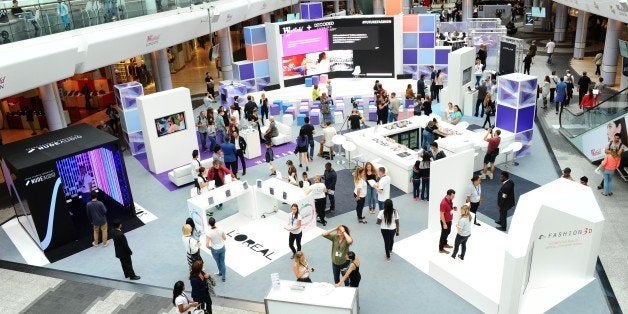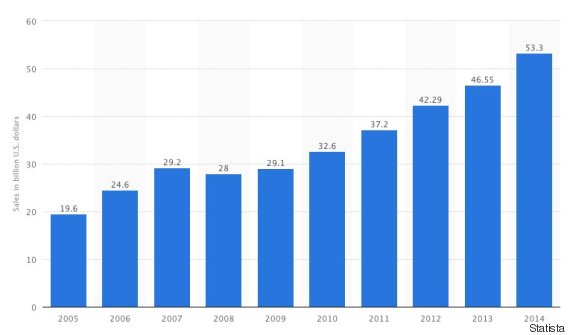
In 2005, shopping malls reigned supreme. There were a handful of online-only retailers, but they were nascent, at best.
A lot has changed over the last decade.
Now, the teeming centers that once drew urban and suburban shoppers are giving way to denser complexes built to house retail locations, commercial offices and residential space.
“Almost nobody is building malls. They are building ‘alls,’” said Paco Underhill, CEO of the retail consultancy Environsell, in an interview with The Huffington Post. “If you think of the typical American mall, how many have a grocery store? A drugstore? A hardware store? A place to get your laundry done? The answer is none of them.”
Younger consumers crave the convenience of stores within walking or biking distance of where they live. They want "alls," not traditional shopping malls.
“Many millennials would love to be in a place where they can live, work and shop and never have to step into their cars,” said Underhill.
Luxury malls, located in wealthy areas and containing mostly high-end retailers, have fared well since the Great Recession, but the wider industry is suffering. Nearly one-fifth of the country’s non-outdoor malls have vacancy rates of 10 percent or higher, according to The New York Times. The paper reports that over 3 percent of malls are thought to be dying, meaning that 40 percent or more of their stores are vacant. In 2006, that description applied to less than 1 percent of malls.
Underhill, a popular commentator on the future of retail, said that on Friday he will speak to a group of chief executives of the country’s biggest mall operators, explaining to them the importance of reconfiguring existing mall spaces to accommodate millennials' new, multifaceted demands.
"What we're watching is the better treatment of the art and science of building and managing commercial spaces," he said.
The rise of "alls" replacing malls looks likely to continue for the next decade or so.
“They’re essentially higher-end versions of strip malls,” Sucharita Mulpuru, an analyst at the market research firm Forrester Research, told HuffPost. “It’ll probably be like this for at least the next decade, if not the next two decades.”
Part of what has eroded the popularity of malls is the rise of the Internet -- a one-stop shop with every kind of inventory imaginable. Online shopping has skyrocketed since 2005.
“It’s a lot more Amazon now,” Mulpuru said. “That’s the single biggest difference.”
Last year, the fourth-quarter e-commerce sales in the United States topped $79.6 billion, up 14.6 percent from the same period in 2013, according to data from the U.S. Department of Commerce.

Holiday season e-commerce sales have grown steadily since 2005.
Computers are much more sophisticated now than they were in 2005, of course -- and their users are, too. Plus, countless numbers of online retailers have cropped up in the past decade.
“In 2005, maybe there were 10 sites that sold discounted luxury goods, for example,” said Underhill. “Now there are more than 200.”
It remains to be seen whether traditional malls can regain their footing, but e-commerce, and the desire to live, work and shop all in the same close vicinity, seem likely to define retail in the decade to come.
